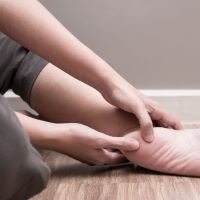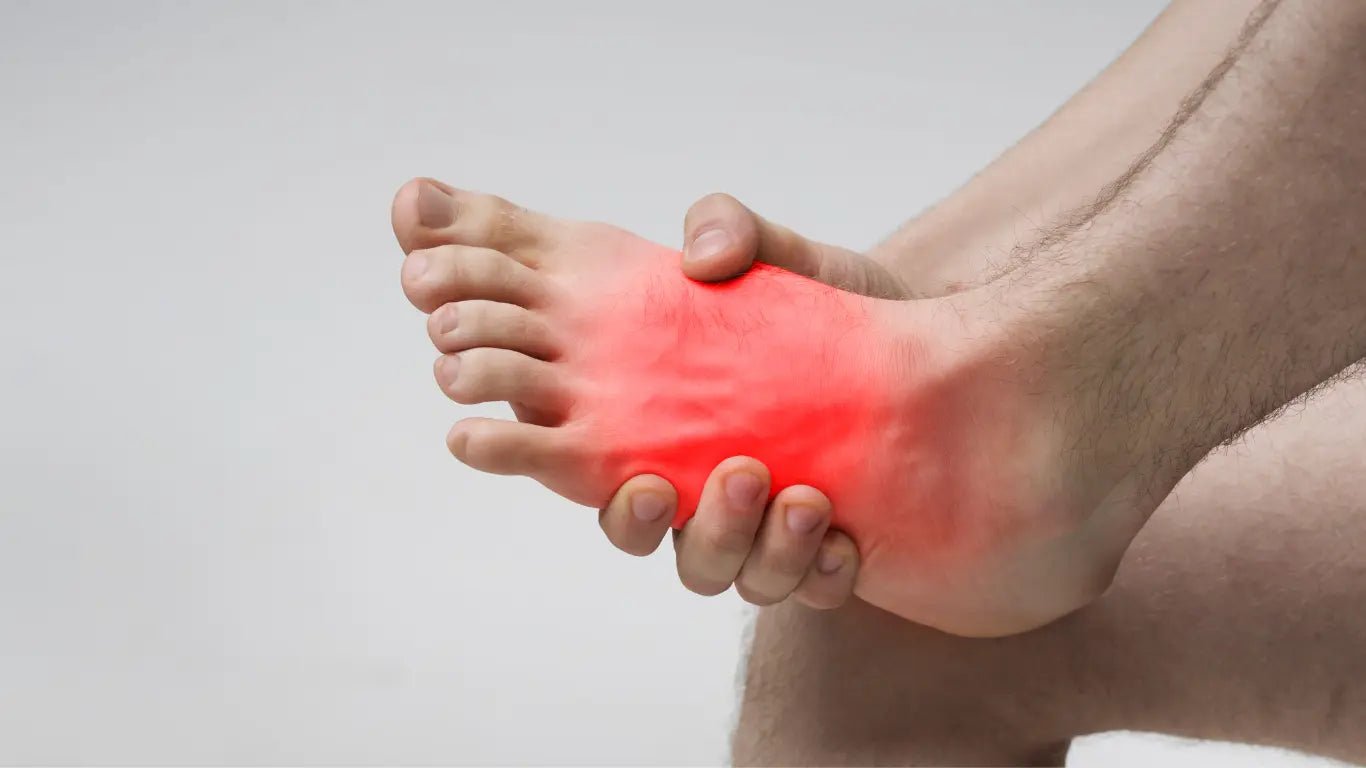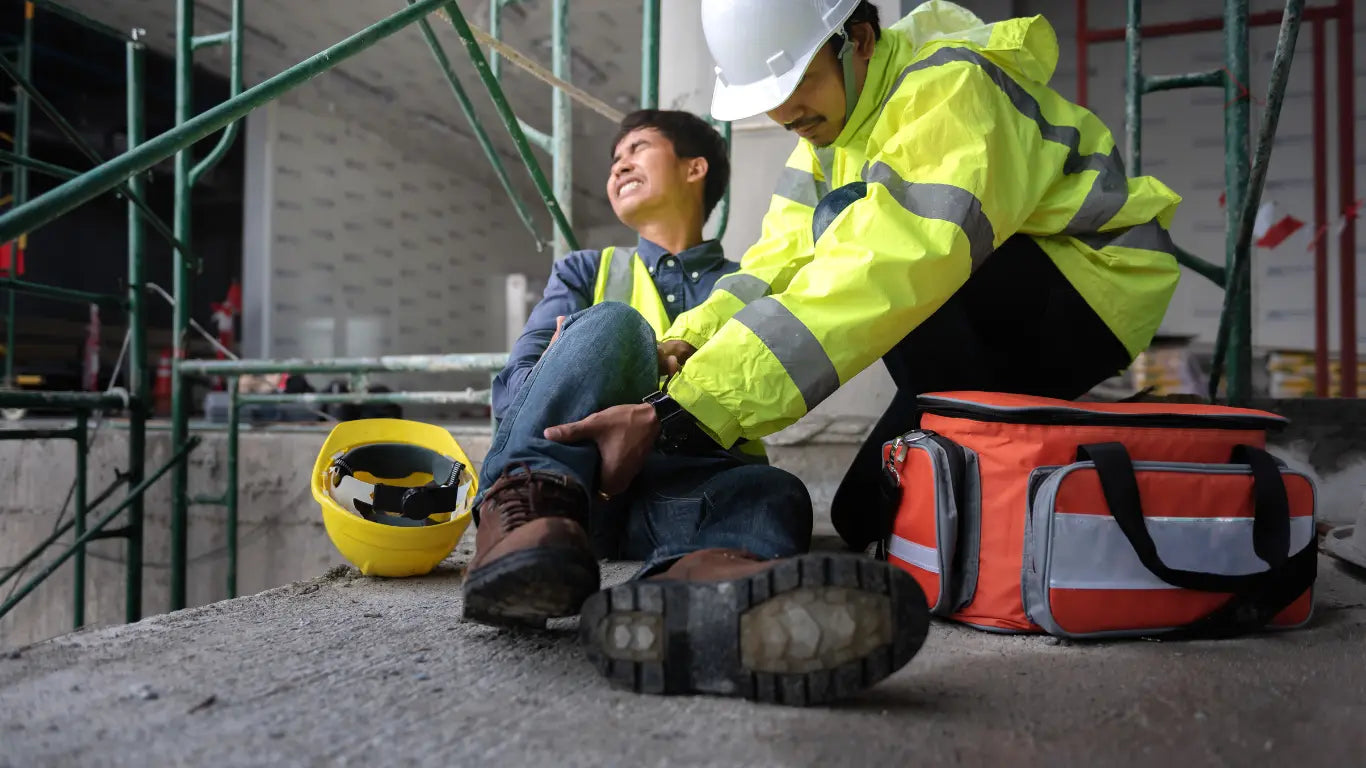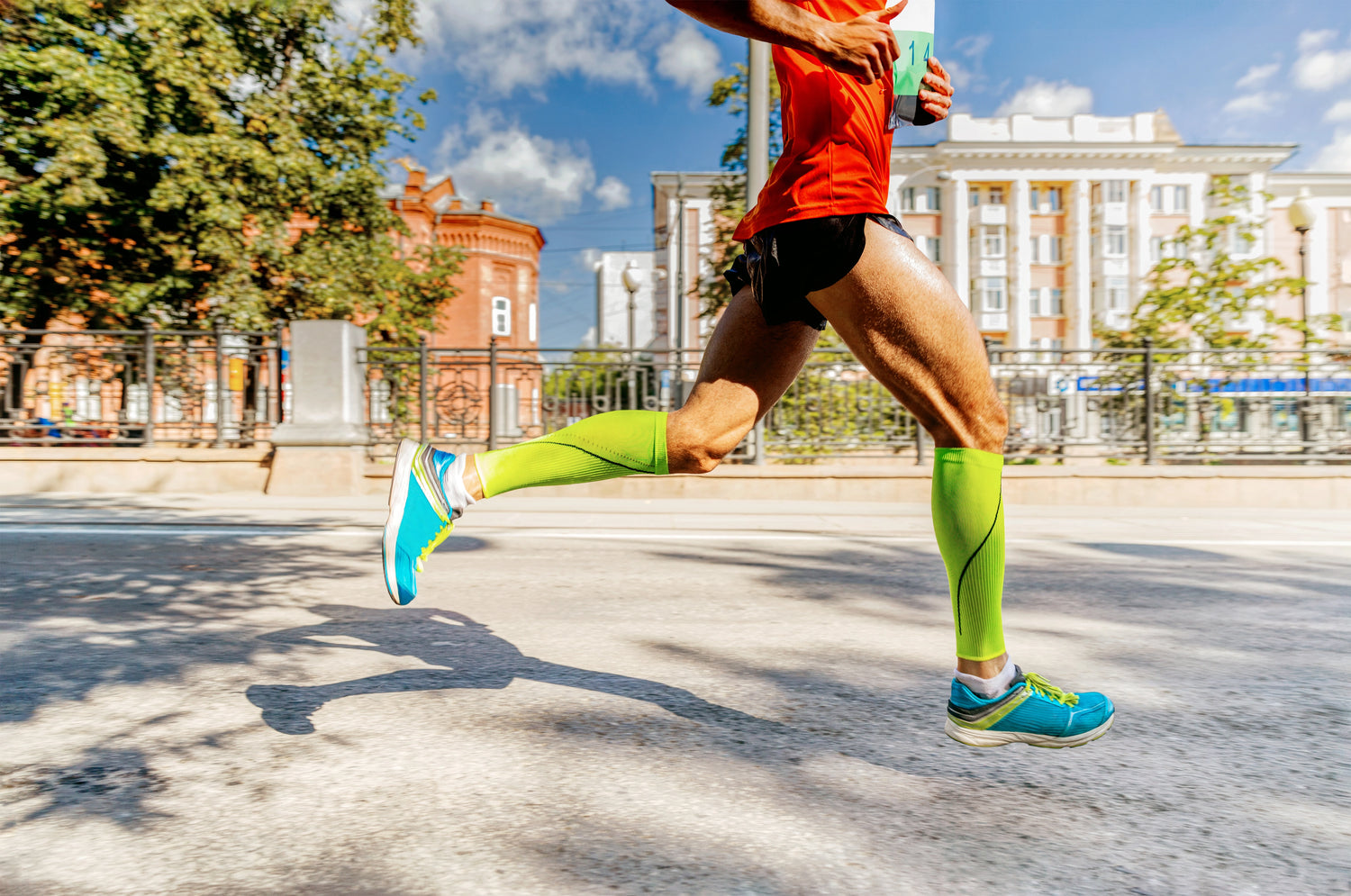Plantar Fasciitis & Heel Pain – How can I get rid of plantar fasciitis?
Do you have a sharp pain on the bottom of your foot near the front of your heel? Does it hurt more in the morning when taking your first steps? Is your heel pain not going away? The number one cause of heel pain in the US is a condition called Plantar Fasciitis (PF). The plantar fascia is a soft tissue structure in the bottom of the foot that runs from the heel to the ball of the foot. The plantar fascia works like a bowstring to help stabilize the arch.
As we walk, our arches fall naturally. This is called pronation and acts as a built-in shock absorber for our feet. As the arch falls, it puts an increased stretch on the plantar fascia. PF occurs when the plantar fascia tissue tears away from the heel bone. This is not typically a complete tear, but very small micro tears. This creates an inflammatory response and pain.
What is the best treatment for plantar fasciitis?
- Proper footwear – The footwear you wear daily is going to be a key component in helping to overcome PF. Among other things, they must be supportive. Contact me and I can offer you a shoe analysis and give recommendations of quality footwear.
- Orthotics – Proper arch support can assist with PF by reducing pressure and decreasing the workload on the plantar fascia. They can also help to correct other foot deformities. I offer three types of orthotics - all are budget friendly, and when integrated into the right footwear, have a good chance of helping you. I am Virginia’s premier mobile custom orthotic company. I also specialize in working with manufacturers and aviation in the lower 48 states. Click here to book your: Free 30-Minute B2B Collaboration Call
-
Stretching – Tight calves can be a trigger for plantar fasciitis. Calf stretches can help to alleviate the “pulling” of the fascia at the heel & Achilles’ tendon and they are easy to do. One example of a great calf stretch is:
-
Toes To The Nose
- Stand in front of a chair or low standing object. Raise one leg at a time and place your foot/heel on the chair. Pull your toes up towards your nose and hold for 15-20 seconds. Perform on each leg and repeat multiple times daily.
-
Toes To The Nose
-
Exercises – There are many exercises recommended by Podiatrists to assist you in treating your plantar fasciitis. Below are four of the top recommendations from medical professionals:
-
Tennis Ball Roll
- While seated, grab a tennis ball, rolling pin, frozen water bottle, or other cylindrical object and put it under your foot. Gently roll the object underneath the arch of your foot
- Perform this exercise for three to five minutes. You can repeat it two times per day.
-
Tennis Ball Roll
-
Picking Up Marbles
- For something a little more challenging, try putting marbles on the ground next to a coffee mug. Using only your toes, grab the marbles, lift them off the ground, and drop them into the cup
- Continue until you have gathered all the marbles. You can repeat this exercise one to two times a day.
-
Toe Curls
- In a seated position, put a towel flat under your foot. Your goal will be to scrunch the towel up using only your toes. Once you have bunched the towel up, curl your toes the other way to straighten it back out.
-
Towel Stretch
- Grab a towel and put it around your foot. While sitting, extend your leg in front of you. Gently pull the towel toward you while keeping your leg stable. You should feel your calf muscle stretching.
- Hold this position for about 45 seconds, take a break and repeat it two more times. You can repeat this exercise four to six times a day.
-
RICE – This treatment has been around for decades and still holds true today for many orthopedic-type conditions:
- Rest – Resting the foot is paramount to healing. Limit strenuous exercise, or even walking, depending on the severity of your condition.
- Ice – Freeze water bottles. Use these as an “ice massager,” rolling the bottoms of your feet back and forth on the water bottles.
- Compress – Compression socks/sleeves help to increase blood flow (see below).
- Elevate – Again, try to rest as much as possible.
- Night Splint – This is a splint that you can wear at night while sleeping. It helps to hold your foot at a 90-degree angle to the leg. This is the ideal position for the plantar fascia to heal.
What not to do with Plantar Fasciitis?
- Continue per normal and deal with the pain as you can create a more serious injury.
- Assume that it’s going to away on its own.
- Make the mistake that there’s a quick fix to get you back to walking pain free. This is not a quick and easy foot condition, it takes time.
- Think that when the pain subsides, you’re cured. It can typically take 2-4 months to completely heal from plantar fasciitis. When you’re feeling better, keep up with the exercises, stretching, orthotics, rest, etc…
- Spend an extravagant amount of money to treat this painful foot condition. You don’t need to spend thousands of dollars to alleviate foot pain and live your best life.
- If you’re being told that you need to spend $1000-$1400 on sets of orthotics, get in touch with me no matter where you are. I’ll help you navigate the world of orthotics to find effective and affordable solutions.
Now Let’s Talk Compression:
- Graduated Compression – This can be a valuable tool in your recovery from Plantar Fasciitis. Graduated compression will:
- Increase venous blood flow
- Decrease swelling
- Decrease inflammation
- Decrease pain
- But not all compression is the same. You’ll find hundreds of options out there in stores or online. Compression doesn’t have to cost a fortune, but if you’re looking for cheap options, you’ll typically get what you pay for. I utilize socks and compression garments from OS1st as they are quality products and most importantly, their factory is regulated by the FDA. So why OS1st?
- They use Compression Zone Technology which combines 3 of the 4 major compression levels: 8-15 mmHg, 15-20 mmHg and 20-30mmHg in their products.
- FDA regulation ensures you’re receiving the level of compression advertised.
- High quality, high performance, moisture wicking materials are used in their products including lycra spandex, micro-nylon, and nano-bamboo charcoal which are treated with silver ion to make them moisture wicking & antimicrobial.
- These soft supports WILL NOT trigger an OSHA Event.
- The products I recommend for those suffering from Plantar Fasciitis are:
Plantar Fasciitis affects many people. It can be a real “pain in the foot” to get rid of, but it can be done. I can help you overcome this nagging condition by guiding you on proper footwear selection & sizing, proper orthotic selection, and potentially a compression solution. During our appointment I will provide you with a foot assessment, gait analysis, and current shoe assessment. Based on those results, you’ll receive a customized plan to help you overcome Plantar Fasciitis including orthotics, compression recommendations, footwear recommendations, stretches, and other cost-free ways to help you recover.
Bryan Acheson, CPed | (804) 821-1321 | Bryan@myfootguy.com
--I am a Board Certified Pedorthist. I am not a medical doctor or Podiatrist. I have been trained in certified in foot assessments, gait analysis, orthotic fabrication and fitting and footwear fitting. As a Certified Pedorthist I cannot diagnose foot conditions nor prescribe remedies for foot conditions. If you’re experiencing a severe foot condition or one that is chronic and will not remedy itself after over-the-counter intervention, I always recommend you make an appointment with a Podiatrist or medical professional--





